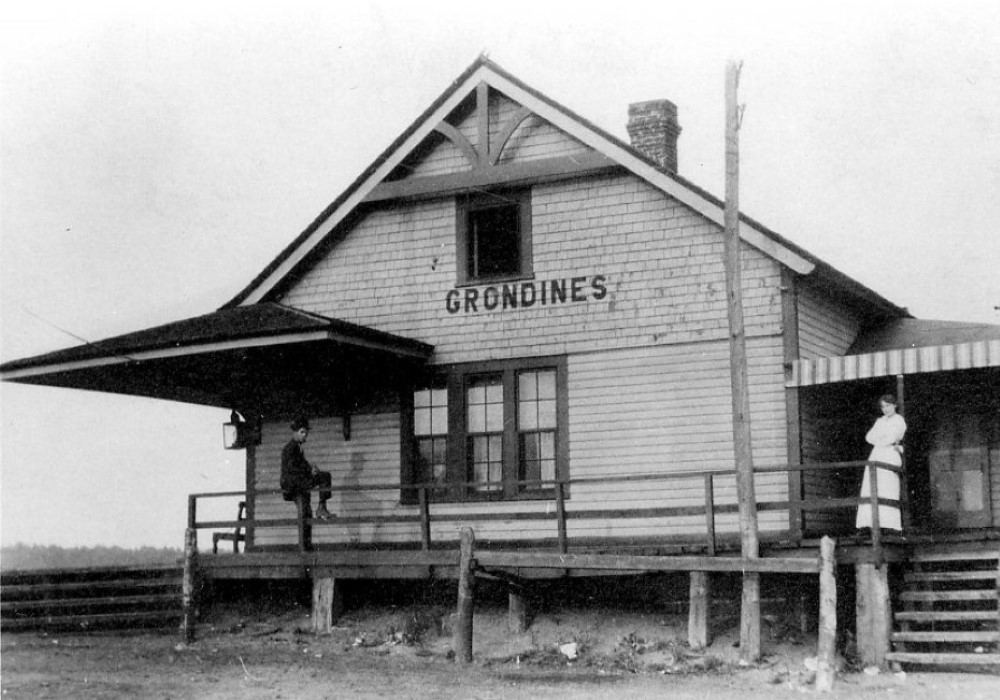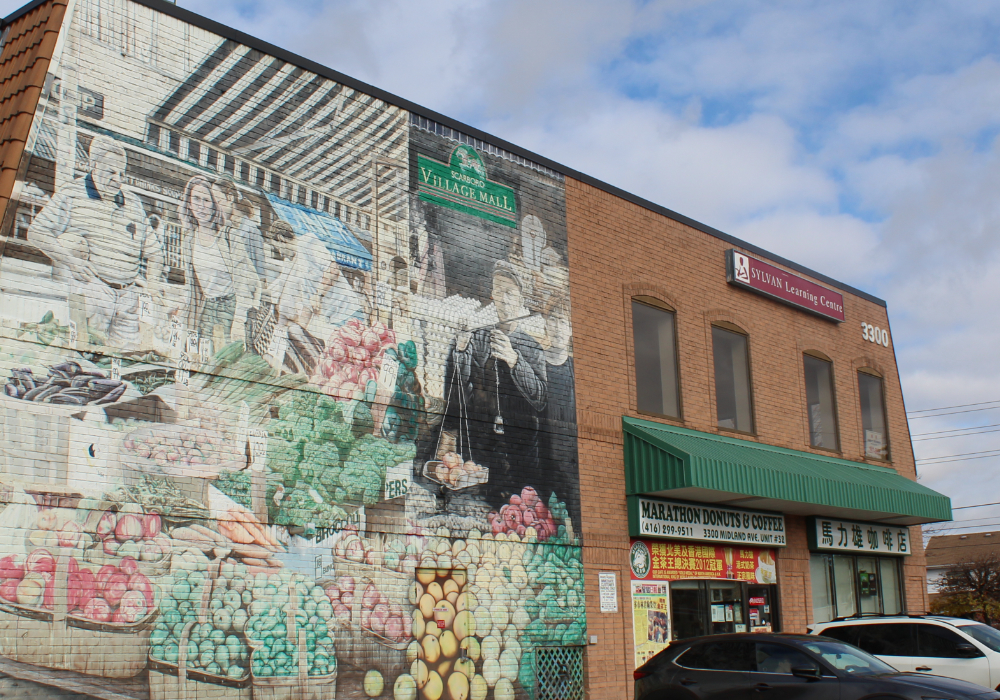
Growing Up in Rural Newfoundland highlights the experiences and images of childhood in seven neighboring rural communities on the Great Northern Peninsula of Newfoundland. The period covered in the exhibit is primarily the second half of the 20th century during a time of economic and cultural transition for the small fishing and forestry towns in the region. To give a sense of the dramatic change over a relatively short number of years, the end of the exhibit includes reflections and photographs made by the 2009 10th grade Culture & Heritage class at Cloud River Academy in Roddickton, one of the participating communities.
Before you begin to look through the exhibit it is important to note that the words spoken in text accompanying individual photographs were not necessarily spoken by the people seen in the pictures. Instead the text and pictures complement each other thematically. Not all the people in the pictures are named individually but the words are always attributed to the individual who spoke them in the interviews we did for this exhibit.
Nostalgic memories of childhood often cast a rosy glow that makes the growing up years seem idyllic. However, childhood in rural Newfoundland before and through the time period of this exhibit was always a complex experience filled with hard work as well as fun, uncertainty as well as security. The reflections, stories and some of the photographs were provided by men and women who grew up in the communities of Main Brook, Roddickton, Conche, Englee, Croque, and Grandois-St. Julien’s. Some of the storytellers began their lives in small outports with no roads connecting them to the outside world. Most of those communities were resettled during their childhood in the 1960s. These lost communities include Little Harbour Deep, Hooping Harbour, Canada Harbour, Fishot Island, and the Grey Islands.
Newfoundlanders have a great gift of storytelling and humour. Their words in the storyline and text pieces accompanying the images showcase their verbal talents. Some of the photographs in the exhibit come from family albums of the exhibit participants but not many people in the small communities back then had cameras. If they did, film was hard to get and expensive to process. What pictures survived that time are sometimes scratched and bent from constant viewing or poor storage. The exhibit also includes images from the archives of Candace Cochrane who went to northern Newfoundland as a summer day camp counci

